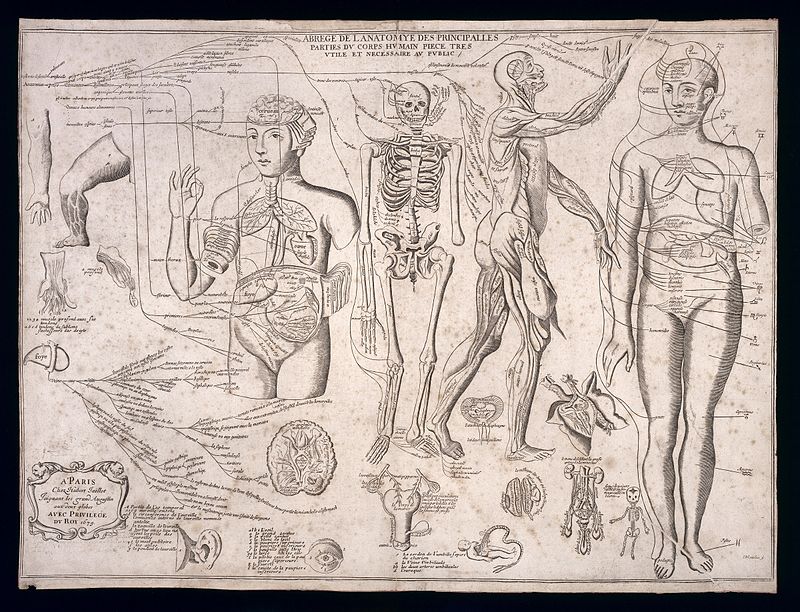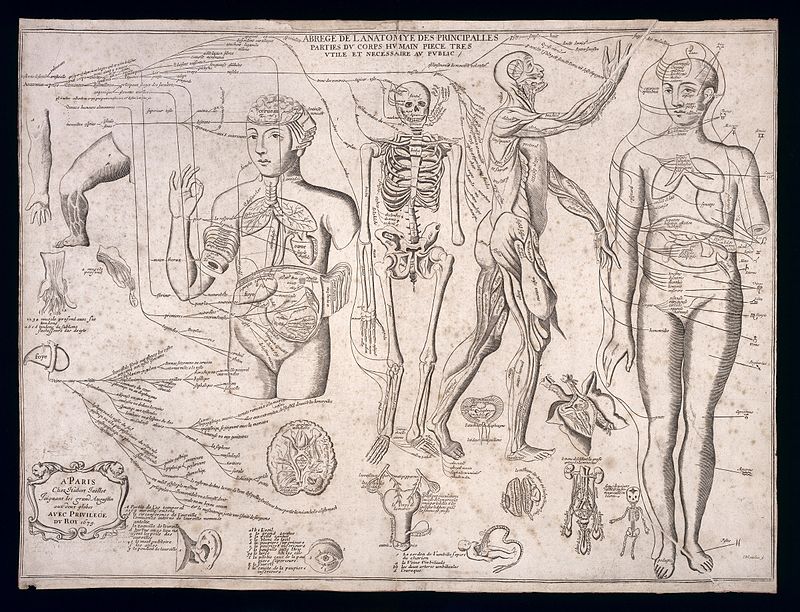When a friend told Uncle John that she’d recently had her gallbladder removed, he wondered: What does a gallbladder do, and how can you live without it?
GALLBLADDER
Location: This four-inch pear-shaped sac sits just under the liver, below your ribs on your right side.
What It Does: It’s part of the digestive system. The liver produces a substance called bile, which gets stored in the gallbladder before moving via a tube called the duodenum into the small intestine, where it digests fats.
Get It Out: The liver purifies the blood against toxins. If you eat too much cholesterol, the liver dumps some of it into the bile. During storage in the gallbladder, the cholesterol-bile sometimes hardens into gallstones: greenish, pain-causing lumps that can be as small as a grain of sand or as large as a golf ball. If the gallstones are really big and really hard, a doctor may opt to remove the entire gallbladder. But you can live without it—if you don’t have a gallbladder, the liver delivers the bile directly to the duodenum.
TONSILS
Location: The almond-sized lymph nodes found on both sides of the throat.
What They Do: During infancy and childhood, tonsils prevent bacteria and viruses from entering the throat and produce antibodies to counter infections. By adulthood, your body’s other defenses have fully developed, and your tonsils—now unnecessary—shrink and stop working.
Get Them Out: If an especially nasty bug goes around, a child’s tonsils try to fight it off. They can end up getting so swollen and infected that swallowing becomes difficult, a condition called tonsillitis. Decades ago, it was cured by a tonsillectomy—surgical removal of the tonsils. The operation has become increasingly rare—75% fewer tonsillectomies are performed today than in 1970, owing to stronger antibiotics that can cure tonsillitis on their own.
SPLEEN
Location: This purplish organ (it looks like a relaxed fist) lies under the diaphragm on the left side of your abdomen.
What It Does: As part of the immune and lymph system, the spleen is a blood filter: It produces and regulates the flow of red and white blood cells, which help to fight infectious bacteria and viruses.
Get It Out: If the spleen is ruptured (common in a severe physical trauma such as a car accident) it loses the ability to regulate, so it must be removed. This reduces the body’s natural ability to fight infection, so doctors typically prescribe antibiotics, as well as immunization against flu and pneumonia.
THYROID
Location: The butterfly-shaped gland is located at the base of your neck, where it wraps around your windpipe.
What It Does: Part of the endocrine system, the thyroid disperses hormones that help regulate your body’s metabolism.
Get It Out: Hyperthyroidism is an overactive thyroid and results in an unhealthily low weight. Hypothyroidism, an underactive thyroid, lowers the metabolism and, among other symptoms, frequently causes weight gain. Surgical removal of the thyroid is the treatment for the most severe cases of both conditions. Living without the thyroid is possible, but requires a lifetime regimen of oral medication.
APPENDIX
Location: The worm-shaped tube—about three inches long and one inch in diameter—is attached to your large intestine.
What It Does: Nothing—some scientists think it helped early humans digest animal bones, a need we’ve since evolved away from.
Get It Out: For unknown reasons, in some people the body deposits small amounts of waste in the appendix. Over time, the waste accumulates and causes the appendix to harden and swell (appendicitis) and even burst, an extremely painful and frequently life-threatening situation. The standard treatment is an appendectomy: the removal of the organ as quickly as possible. Life without an appendix proceeds perfectly normally.










